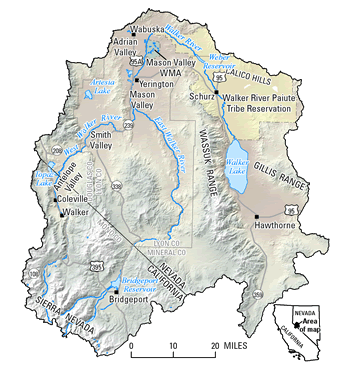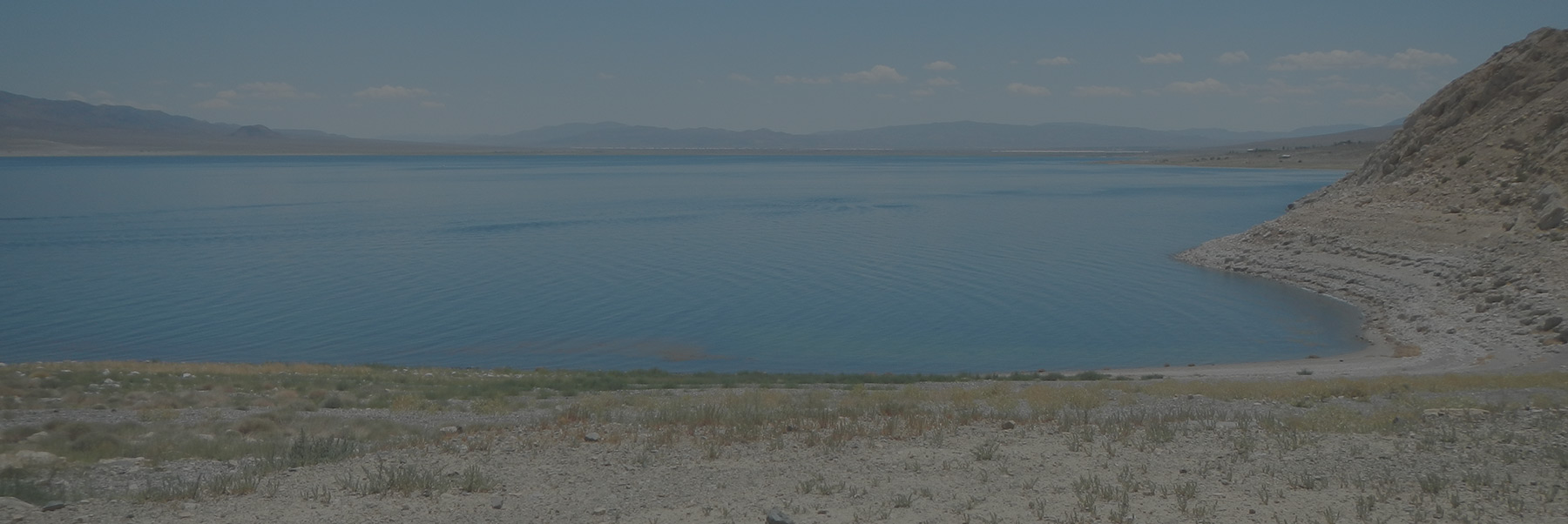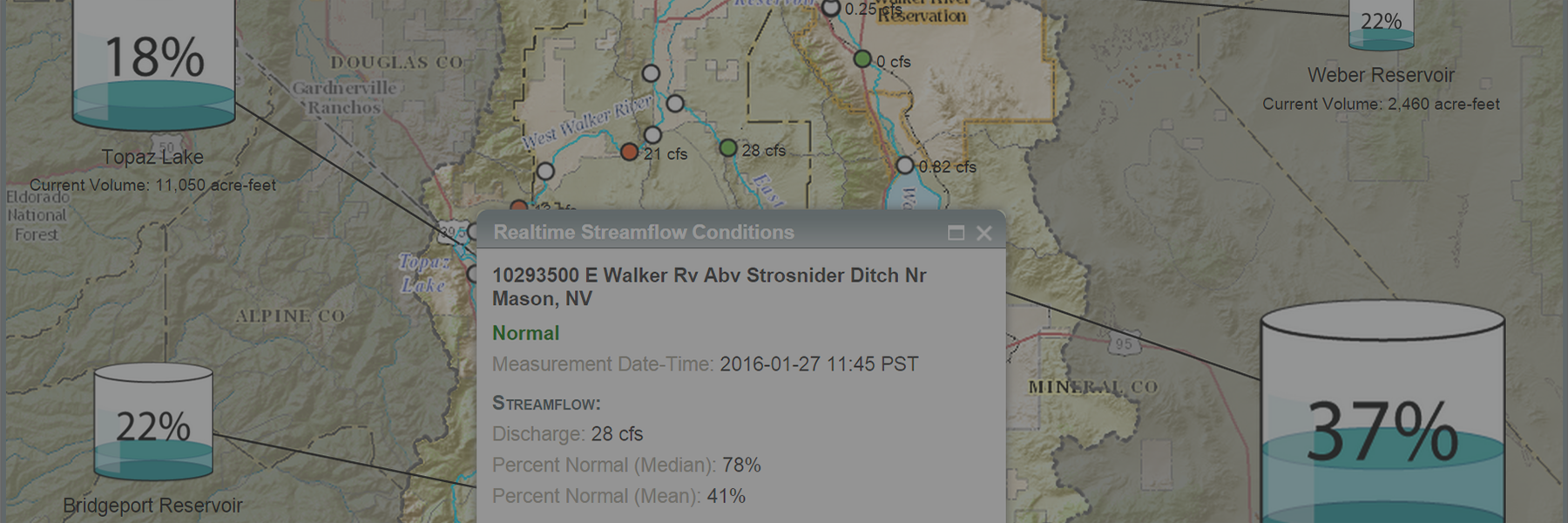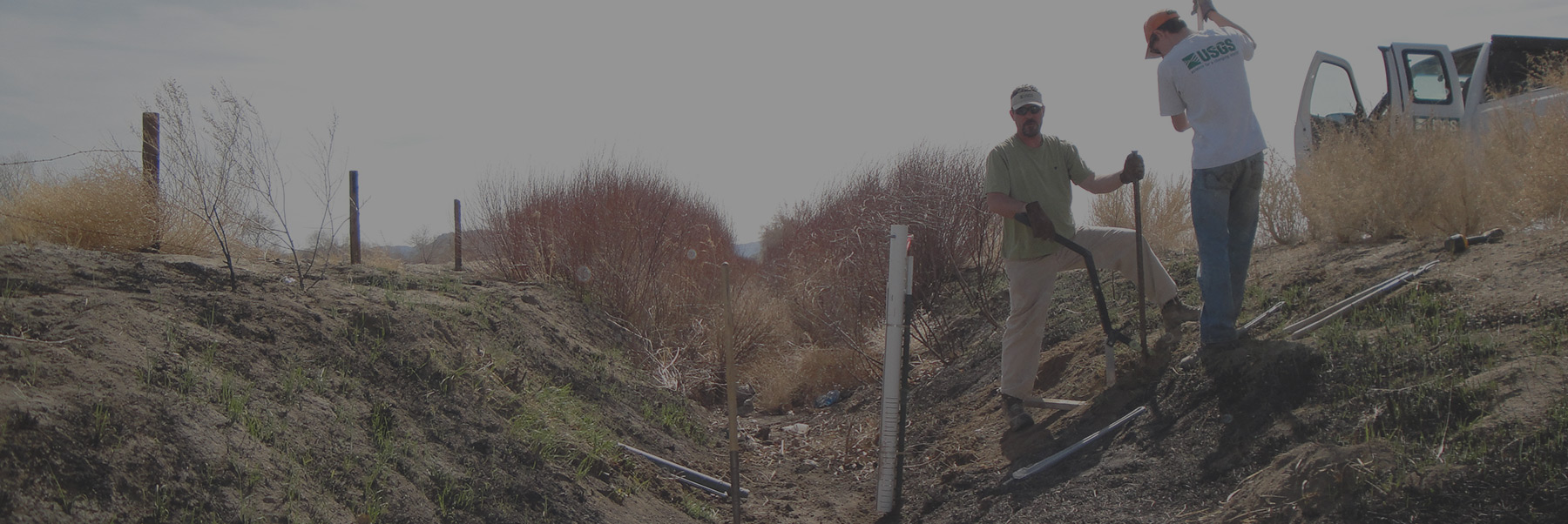Hydrology of the Walker River Basin
Walker Lake is one of the few perennial, natural terminal lakes in the Great Basin. Terminal lakes are terminus of surface-water drainage in topographically closed basins. Under natural conditions, evaporation from the lake surface typically is the entire component of lake outflow. Due to high evaporation rates in the Great Basin, the water-levels and salinity of terminal lakes are extremely sensitive to changes in stream inflow. Most streamflow in the Walker River Basin originates as snowmelt from the Sierra Nevada. Prior to the late 1800s, most of the water flowed into Walker Lake. Since then, agricultural diversions have increased to the point that, except during flood flows, most streamflow is consumed by agriculture. Between 1882 and 2010, upstream diversions have contributed to a decline of Walker Lake of almost 160 feet and the total dissolved solids (TDS) concentrations have increased from 2,500 mg/L to 25,000 mg/L. Prior to 2008, Walker Lake supported a Lahontan cutthroat trout (LCT) fishery. The last reported capture of an LCT from Walker Lake was in May of 2009.

Contact Information
Gwen Davies
Hydrologist
(775) 887-7670
gdavies@usgs.gov
Hydro Mapper:
Sonya Vasquez
(775) 887-7621
slvasque@usgs.gov
The ecosystems and recreational uses of Walker Lake and other terminal lakes in the Great Basin have become at-risk due to consumptive water use. The USGS provides scientifically sound data and investigative studies in the Walker River Basin so stakeholders can evaluate alternatives for supplementing flow to Walker Lake while maintaining a healthy agricultural economy.



